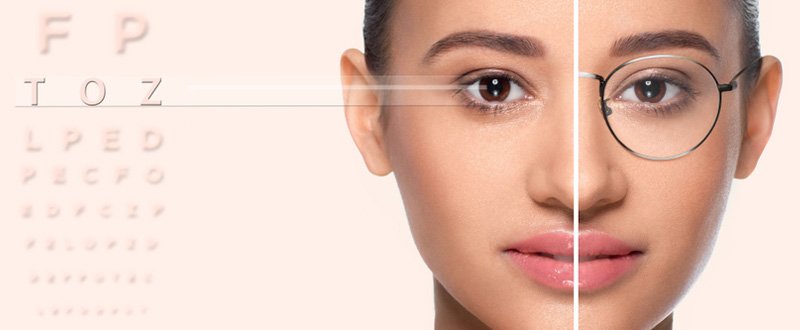Four main types of LASIK procudures performed with a blade are:
SBK LASIK with Custom Q
In this technique, the corneal flap is lifted by the microkeratome instead of the Femto-laser. The flap thickness is usually 110 microns, so we tend to lose an additional 20 microns of the cornea, but not using the Femto laser brings down the cost drastically. The visual results are the same as we use the custom-Q treatment which is same for both.
Custom-Q is used to describe corneal shape treatment which can be customized to an individual’s eye. Q value of the cornea is used to describe the shape of the cornea. A ‘0’ Q value means that the cornea has a shape of a perfect sphere, but this is never the case. The cornea usually has a Q value of about -0.35 which is referred to as the Prolate shape of the cornea. Ablating the cornea by the Excimer laser to correct the spectacle power results in flattening of the cornea called the oblate shape. Excessive flattening can be detrimental to the quality of vision. A customized Q treatment helps us plan the Q value of a person’s cornea to maintain the quality of vision.
SBK LASIK
This technique involves a newer design of microkeratome which is capable of making an ultra-thin flap of 110 microns (0.11mm) instead of 160 microns made with a normal microkeratome. Approx. 12 microns of corneal tissue is used for correcting one dioptre of spectacle power, so a 60 microns saving enhances our spectacle correction range by another five dioptres. A normal Indian eye corneal thickness is around 520 microns and a 60 microns saving means we leave a thicker cornea after laser treatment. A thicker cornea means better strength and health of the cornea. SBK is a must in thin cornea, but it is the most preferred treatment even in normal cornea.
C-LASIK Aspheric
This Laser treatment pattern involves customized LASIK. The optical aberrations of the eye are picked up by an aberrometer and are reduced by the Laser along with spectacle power treatment. Aspheric treatment gives better contrast than other procedures. Some centres use the normal version of the keratome which picks up a flap of 160 microns. A flap once picked up, is replaced back after laser correction of the underlying corneal tissue. However, it does not effectively contribute again to the basic strength of the cornea. The cost comes further down with this treatment.
Standard LASIK
It is the C-LASIK as described above, but without the aspheric component. It is good enough to correct the refractive error but does not give the advantage of improved contrast. The element of halo’s and glare is more in this version while the cost is the lowest.

